The summer heat is currently unbearable for many places in the country. While there are a lot of ways to cool down and reduce the temperature in homes, the most basic way (not to mention the most efficient way) is to install windows for ventilation.
Every home has a window. Circular, rectangular, doubles as sunlight, positioned at the rear end of the home—a window is a requirement for any structural building, including a house. According to the National Building Code of the Philippines, also known as R.A. 6541, homes are required to have a window if it is not provided with an artificial ventilation system. In other words, windows are generally a standard requirement for a structure that shall be inhabited by any individual.
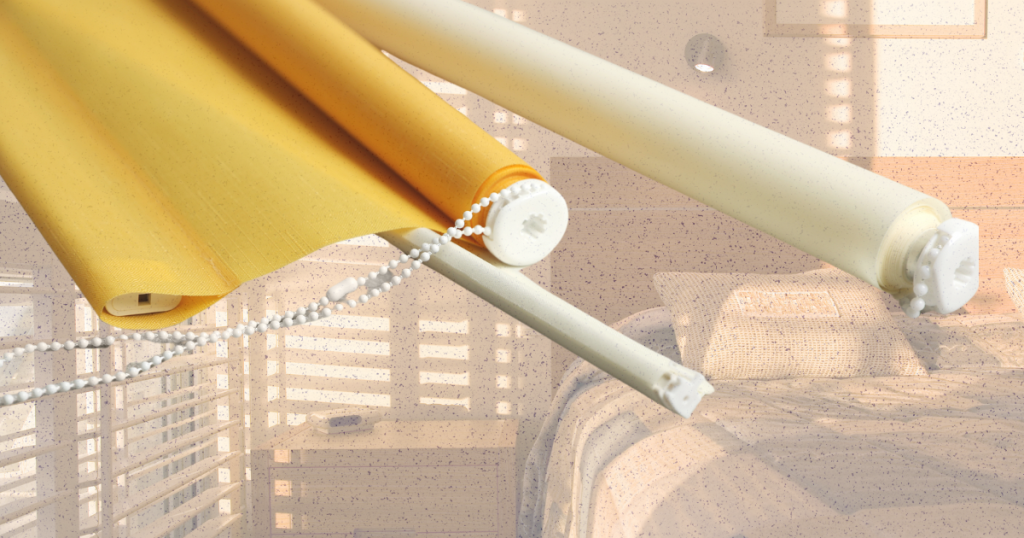
Windows follow a general guideline depending on the type of the building. A homeowner can personalize and adjust their windows’ functions like adding covers such as window blinds. In this article, we will discuss the various types of window blinds and include a general step-by-step guide that you can follow when installing them without the help of a professional.
All You Need to Know: Different Types of Blinds and How to Install Them
While window blinds are required to provide proper light and ventilation for a room, many homeowners are looking for ways to adjust the functions of the aperture to their preference.
Blinds are great installations for any window. A room’s temperature is not the only thing that can be adjusted with the help of blinds. They are also very useful in the summer months because they can also adjust the following:
- Sunlight
- Privacy
- Levels of UV rays entering the room
Types of Window Blinds
Installing window blinds is simple and can be done without assistance from a professional. But before installing them, it is important to figure out what type of window blinds are best for the functions you are looking for. Below are some of the basic types of windows you can choose from.
Vertical Blind
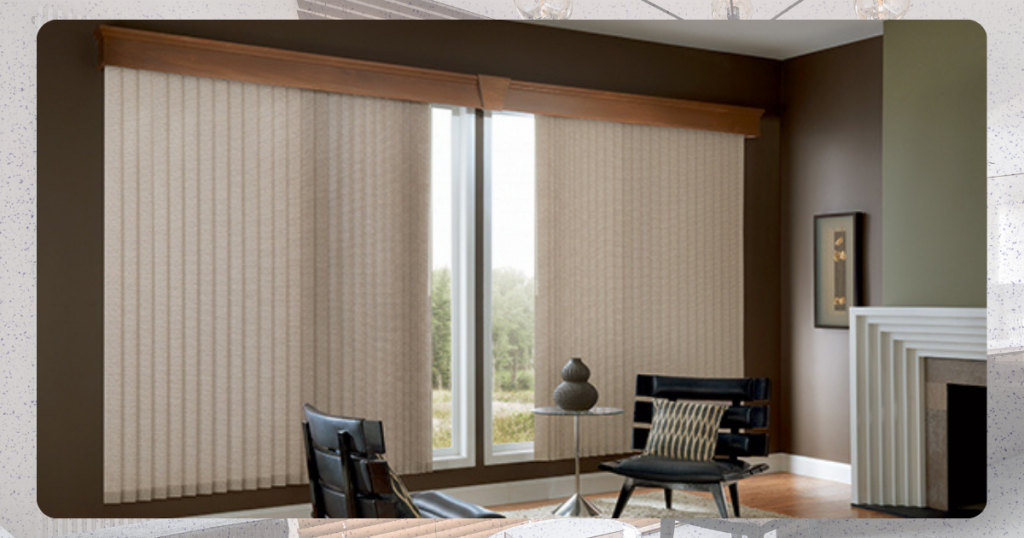
Vertical blinds are a common choice for large windows or sliding doors. However, they can also be used in medium-sized windows. Vertical blinds are useful for controlling the light that can enter the room, which is why they are commonly installed in living rooms and other spaces with high traffic.
Vertical blinds are also great for adjusting the privacy of the room. Usually made with thin, light materials, these blinds are also a great space-saving option.
Venetian / Horizontal Blinds
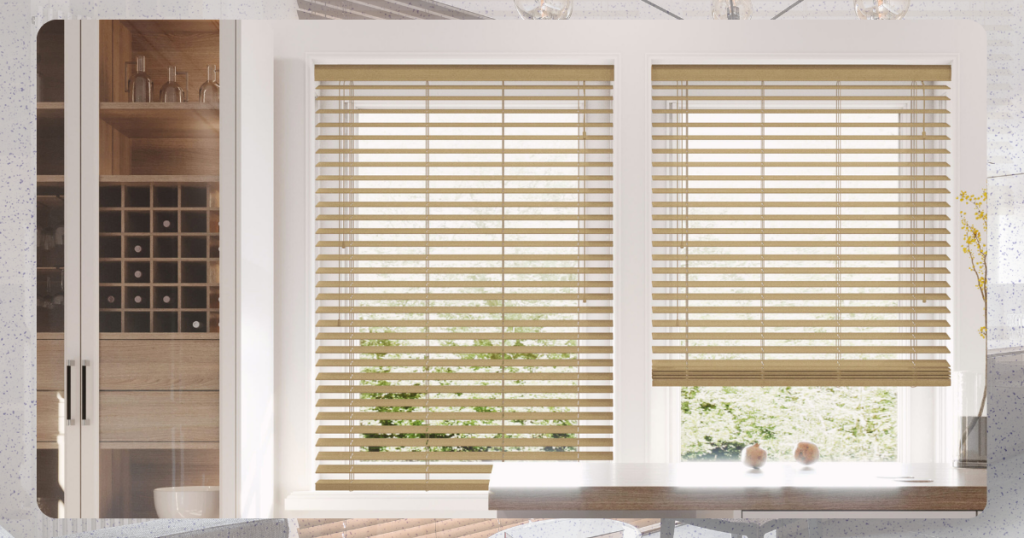
Venetian blinds or horizontal blinds are window coverings that are made with horizontal slats that can be tilted to control the light and ventilation of a room. Venetian blinds share the same basic functionality as vertical blinds, except that this version adjusts horizontally.
Venetian blinds are also great for adjusting light, ventilation, and the privacy of a room. When fully raised, the blinds can provide an unobstructed view. The slats can also sit comfortably on the top part of the window.
Panel Blinds
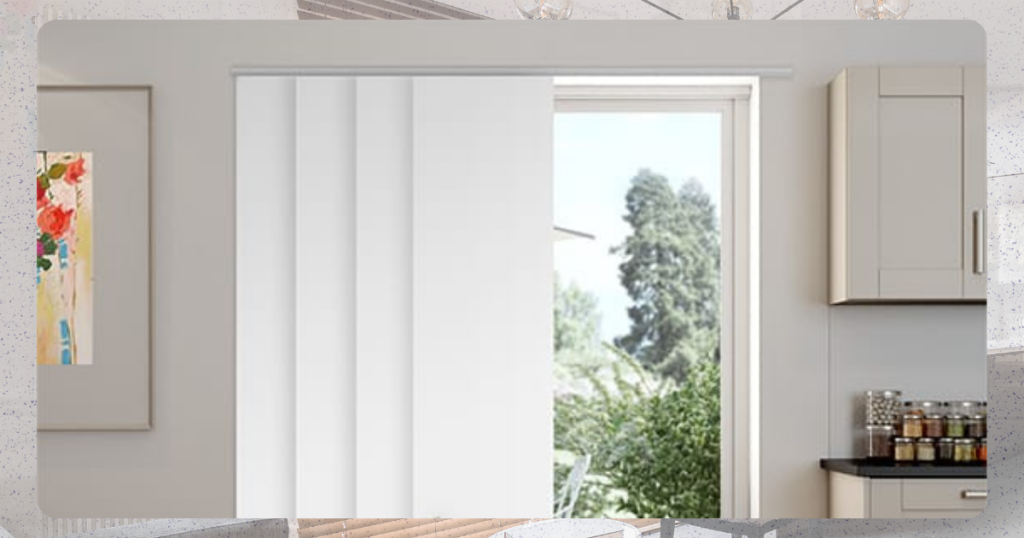
Panel blinds are a great option if you’re going for a sleek modern aesthetic. Panel blinds consist of a large fabric that stacks neatly behind one another when it is opened. Similar to vertical blinds, panel blinds are also commonly used for large windows.
Panel blinds can also be used as room dividers.

While panel blinds are also great for adjusting ventilation and the light enriching the room, a panel blind’s large slats allow it to be the best option for protecting your home’s privacy. This type of window treatment does not offer as flexible ventilation compared to vertical and Venetian blinds.
Solar Blinds
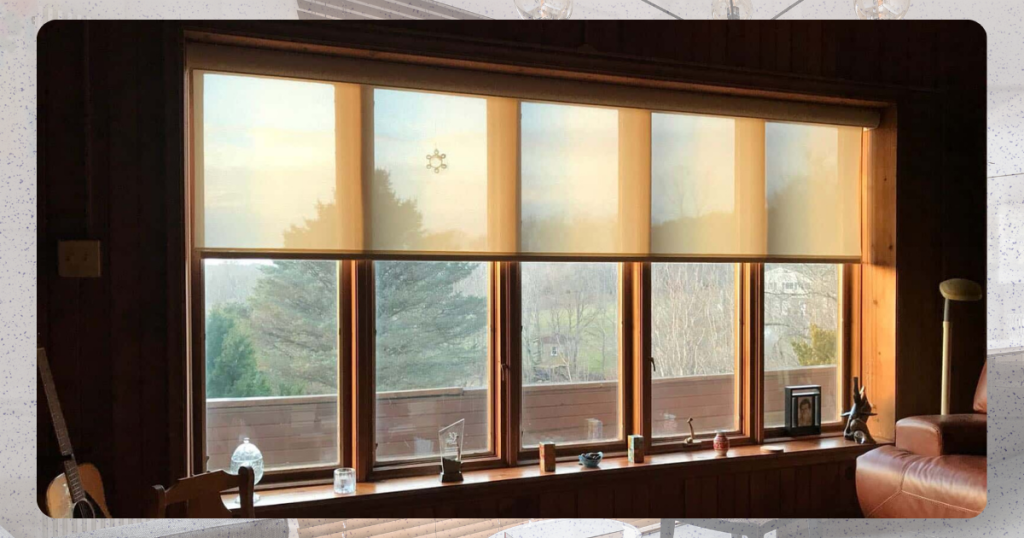
Solar blinds are a modern innovation in window treatment with—you guessed it, the sun in mind. Unlike other types of window blinds that are created for multiple functions, solar blinds have fabric coverings that are used to block harmful UV rays from entering your home.
The ventilation, light, and privacy settings of solar window blinds can be adjusted based on the opacity that the homeowner chooses. Otherwise, solar blinds operate the same as normal vertical or Venetian window blinds.
Smart Blinds or Motorized Blinds
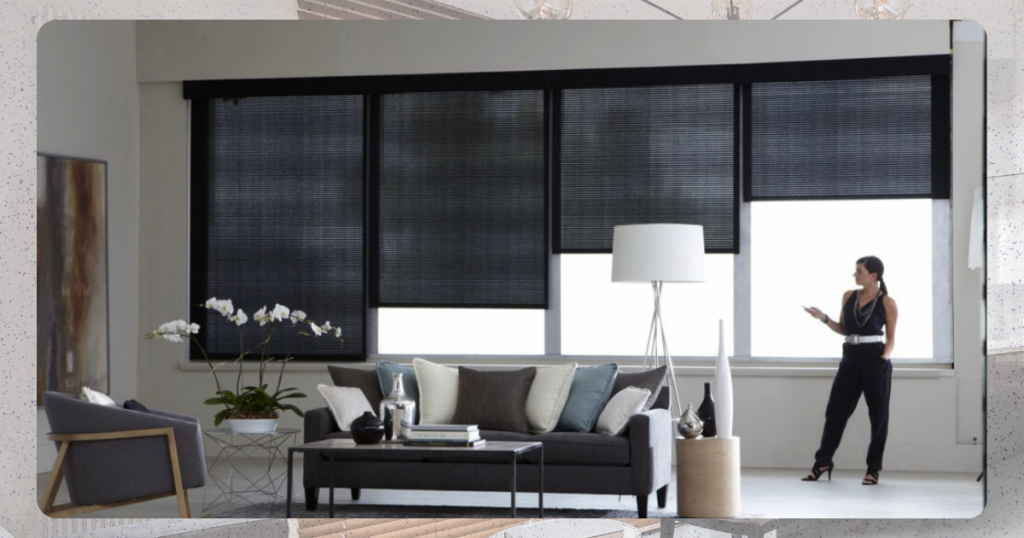
Depending on the type of panels you choose, a smart window blind can operate the same as any basic type of window blind, except that it can be fully integrated into a smart home for comfort and convenience.
Smart blinds can either be battery-powered or plugged directly into an electrical outlet. These types of windows can be controlled by a smart home device or a personal smartphone. It can even be operated via sensors that will adjust the lighting, temperature, and privacy of a room depending on default or adjusted settings.
Installing Window Blinds: A Step-By-Step Guide
Setting up a window blind will vary depending on the type of window blind you choose. Regardless, there is a simple general guideline that anybody can follow when installing a window blind. It is always important to follow the specific installation guidelines provided with the window blinds upon purchase.
1. Measure Your Window
Measuring the size of your window is the first thing to complete before even purchasing your window blinds. This is to ensure that the window blinds you will purchase fit your window.
Measure the width and height of your window recess for the inside mount or the width and height of the area you want to cover for the outside mount.
2. Gather Your Tools
Once you’ve purchased the window blinds of your choice in the appropriate size, it is time to gather tools for installation. Below are basic window blind installation tools that you can use.
- Drill with drill bits
- Screwdriver
- Measuring tape
- Level
- Pencil
- Step ladder (if needed)
3. Install Brackets
Depending on the type of window bracket you choose, there might be a need to install window brackets for the inside or outside mount.
For the inside mount, attach the brackets to the top of the window frame or inside the recess according to your measurements. For outside brackets, attach the brackets above the window frame or outside the recess of your window.
4. Hang the Blinds
Once the brackets are installed, carefully hand the blinds. Install a valance on the top side of the window blinds if applicable. For smart and solar blinds, a manufacturer may specify sliding the blinds into the bracket or clipping them on instead of hanging them. Make sure to follow the provided instructions to achieve optimum security of the blinds.
5. Secure the Blinds
After hanging the blinds in place, tighten the screws on the brackets. Make sure to use a level while doing so to keep the blinds straight.
After securing the blinds, it is ideal to test if it functions correctly. For smart and solar blinds, test the tilt control or connection to your smart home controller. Troubleshoot if necessary.
Window Blinds for the Summer Months
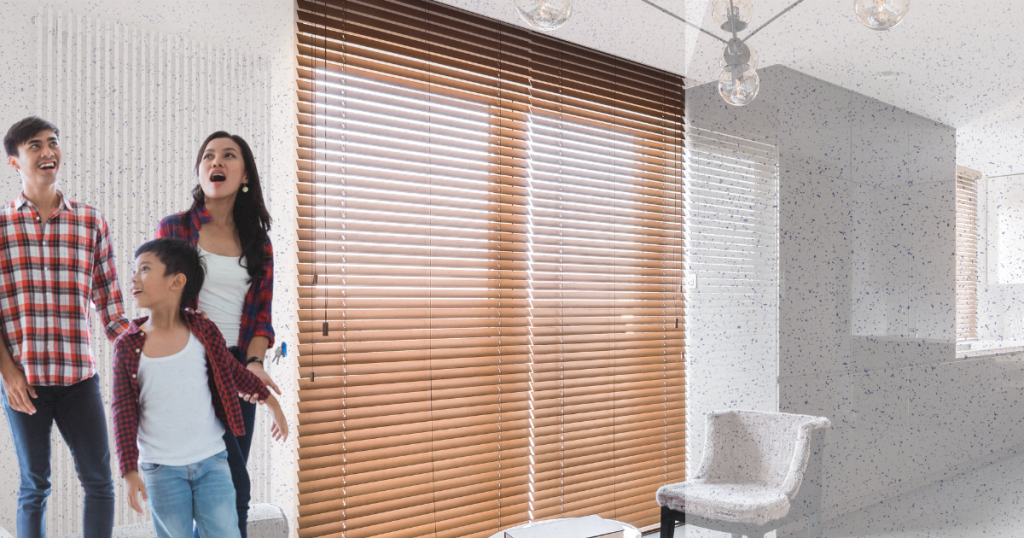
There are various types of window blinds that can be installed in your home, each offering different functionality or features. During the summer months, proper lighting and ventilation become crucial for a comfortable living space. Choose from the types of window blinds listed in this article to create a comfortable environment for yourself and your family this summer.
References
Blinds Brothers. (n.d.). What Are Solar Blinds? How They Work. Blinds Brothers. Retrieved May 6, 2024, from https://blindsbros.com/what-are-solar-blinds/
Lawrence, E. (2021, November 10). Motorized Somfy smart blinds, rollers, shades: my in-home review. Tech Gadgets Canada. Retrieved May 6, 2024, from https://www.techgadgetscanada.com/motorized-somfy-smart-blinds-rollers-shades-my-in-home-review/
Sharma, A., Shandil, P., & Vyas, P. (2023, February 15). Best Motorized Smart Blinds, Shades and Retrofit Kits. Homecrux. Retrieved May 6, 2024, from https://www.homecrux.com/buying-guide-for-smart-blinds-and-motorized-shades/99212/
Swift Direct Blinds. (n.d.). Smart Hub Blinds. Swift Direct Blinds. Retrieved May 6, 2024, from https://www.swiftdirectblinds.co.uk/smart-hub-blinds/










